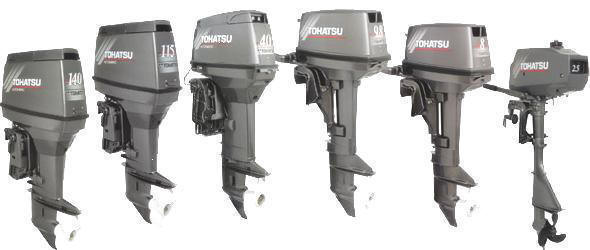
When choosing between a two-stroke or four-stroke outboard motor for your boat, the features of each must be considered. Two-stroke outboard motors are lighter in weight, less expensive, and often faster. They are generally easier to repair and maintain, having a comparatively simple design that has been available for almost 80 years. Two-stroke outboard motors tend to hold their resale value, remaining in high demand in the used market. On the con side, a two-stroke outboard motor produces more pollution, smoke, are non-two cycle oil injection models, have a rougher idle than their four-stroke counterparts, and are sometimes harder to start.
Four-stroke outboard motors are cleaner, quieter, smoother, provide more fuel economy, and are often more reliable. They are preferred by some boaters who run in lakes and rivers because they are generally accepted at any body of water. They do not run on an oil and gas mixture or generate as much pollution. The negatives of four-stroke outboard motors include their high expense for purchase and repair and heavy bulk, which makes it complicated to transport or position in storage without the help of a stand. Because the design for a four-stroke outboard motor is more complicated than its two-stroke counterpart, there are more parts to malfunction. However, outboard motor production will be either four-stroke or very similar. The technology for the four-stroke outboard motor is always improving, and as time goes on, there is a higher percentage of qualified mechanics to perform any necessary repairs. The current used market is very limited for the four-stroke outboard motor, though this is also growing as technology and training improves.
*Note: this comparison does not include direct fuel-injected two-stroke models.
Did you like this? Share it:


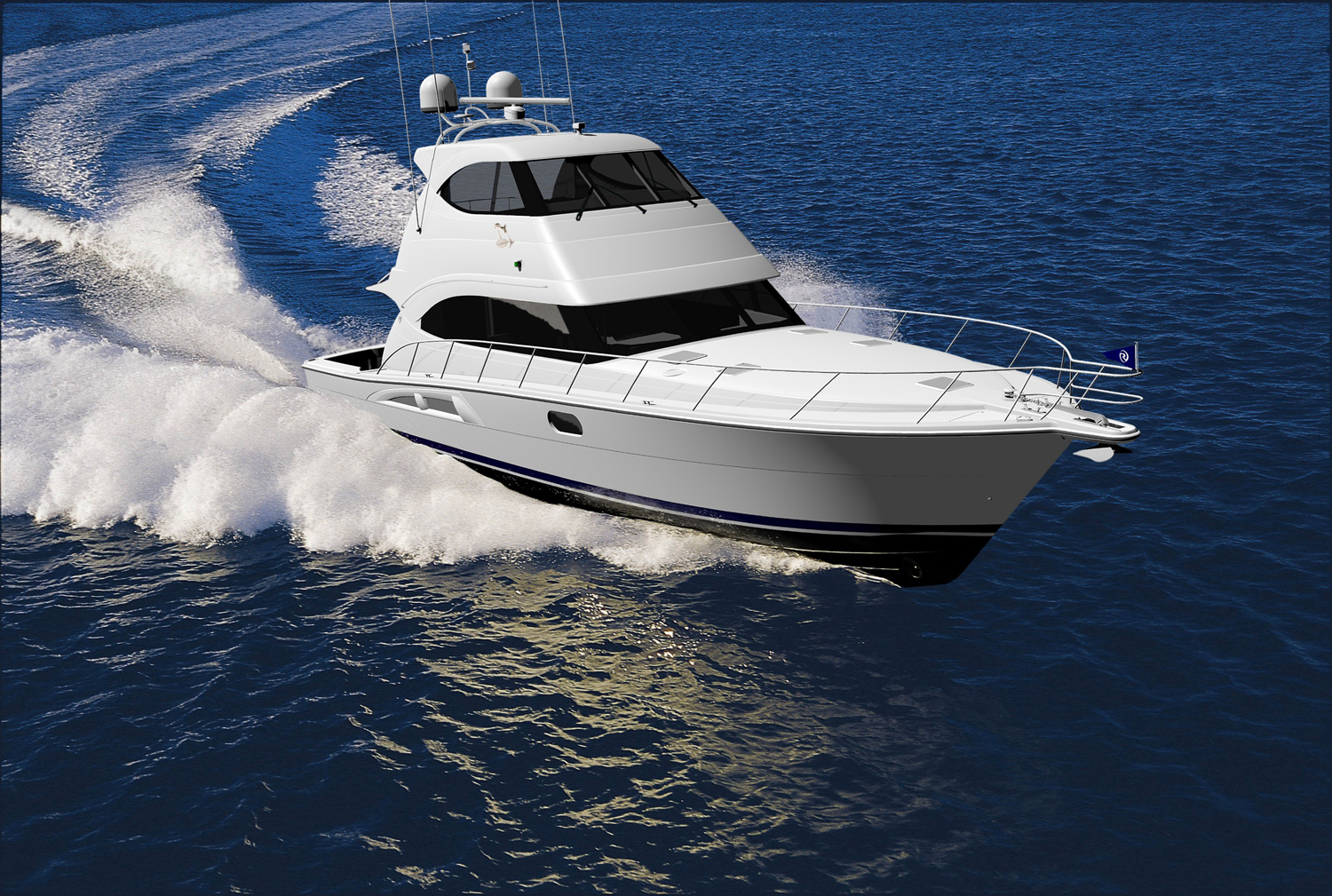




 With the high prices of gas and
With the high prices of gas and 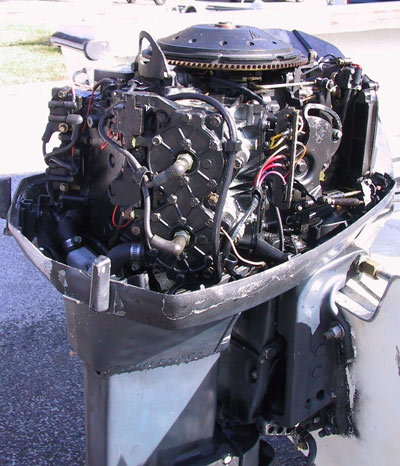 Just as it is important to maintain your car’s engine for optimum performance, your boat requires a certain amount of care for consistent and smooth operation. Since an outboard motor hangs outside the hull of a boat, it requires special attention to prolong its life. Caution when transporting your boat to the destination of your planned outing is extremely important. The motor and boat trailer should be braced securely so that the motion of land travel does not cause permanent damage.
Just as it is important to maintain your car’s engine for optimum performance, your boat requires a certain amount of care for consistent and smooth operation. Since an outboard motor hangs outside the hull of a boat, it requires special attention to prolong its life. Caution when transporting your boat to the destination of your planned outing is extremely important. The motor and boat trailer should be braced securely so that the motion of land travel does not cause permanent damage.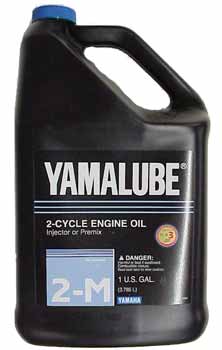 The viscosity of
The viscosity of  Not unlike the growing popularity of hybrid cars, increasing gas prices are causing boating enthusiasts to think smart.
Not unlike the growing popularity of hybrid cars, increasing gas prices are causing boating enthusiasts to think smart.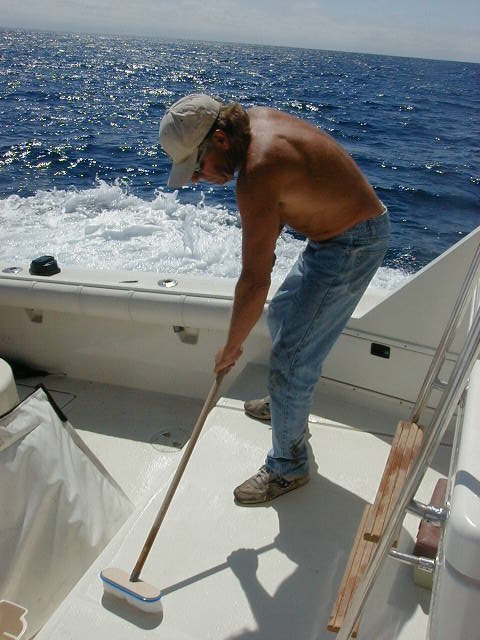 In addition to a good upkeep on your engine (such as regularly changing your
In addition to a good upkeep on your engine (such as regularly changing your 
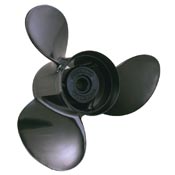
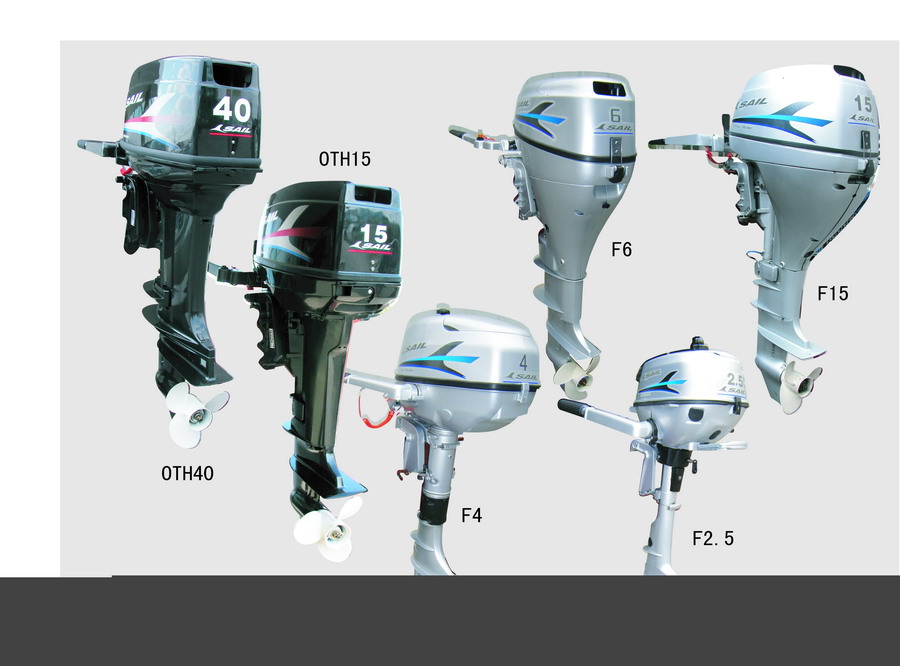 The creation of the first practical outboard motor is often credited to Norwegian-American inventor Ole Evinrude in 1909.
The creation of the first practical outboard motor is often credited to Norwegian-American inventor Ole Evinrude in 1909. Once again, the prices of
Once again, the prices of